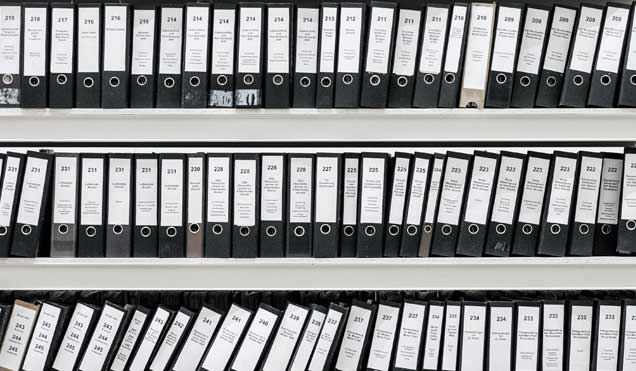
IR Best Practices From Around the Web
Lessons Learned
An easy to read primer from Conor McTernan at the United Nations University points out several lessons from their IR build.
https://communications.unu.edu/things-we-have-learned-building-an-institutional-repository
Checklist
The Boston Library Consortium created a self-evaluation tool that “is intended to focus on best practice recommendations at a minimal and fundamental level dealing primarily with governance, infrastructure, staffing and sustainability.” While some parts of it are specifically for BLC members, it is a great way to leverage the TRAC Checklist (Trusted Repository Audit Certification - ISO 16363 - free final draft available here).
Open Access
One of the reasons to have a digital IR is to allow for open access. “Implementing Open Access Policies Using Institutional Repositories” by Ellen Finnie Duranceau and Sue Kriegsman (which is the free chapter of the ALCTS ebook “The Institutional Repository: Benefits and Challenges”) highlights common practices and policies that are currently in use.
http://www.ala.org/alcts/sites/ala.org.alcts/files/content/resources/papers/ir_ch05_.pdf
Metadata for ETDs
The Texas Digital Library has laid out guidelines for metadata that will allow your ETDs to be ready for crosswalking to the NDLTD ETD-MS standard.
https://www.tdl.org/2015/10/release-tdl-descriptive-metadata-guidelines-etds/
Bridge2Hyku Partners BEST-PRACTICES
institutional-repository lessons-learned links